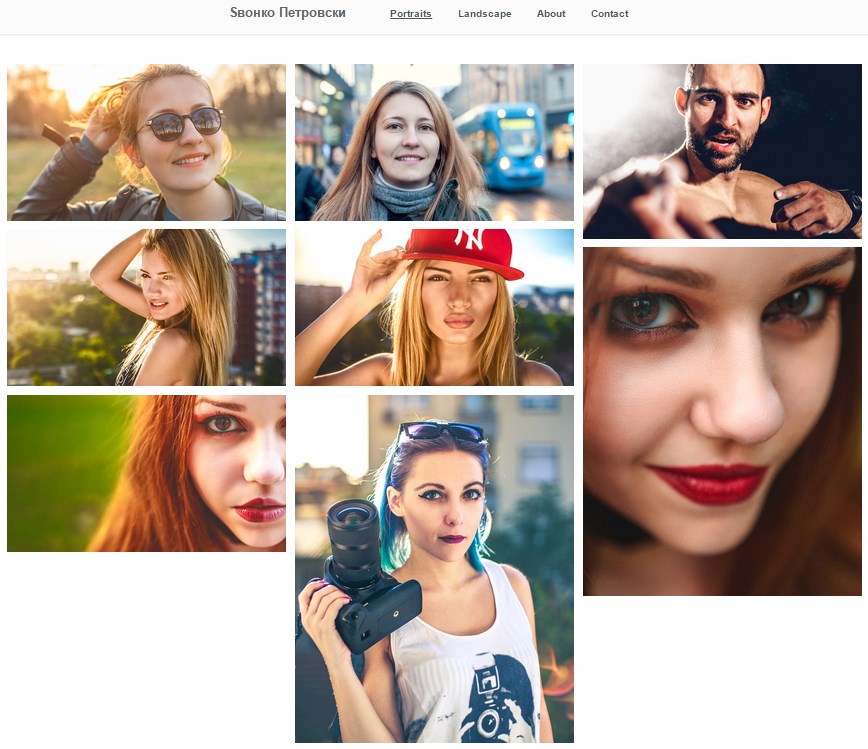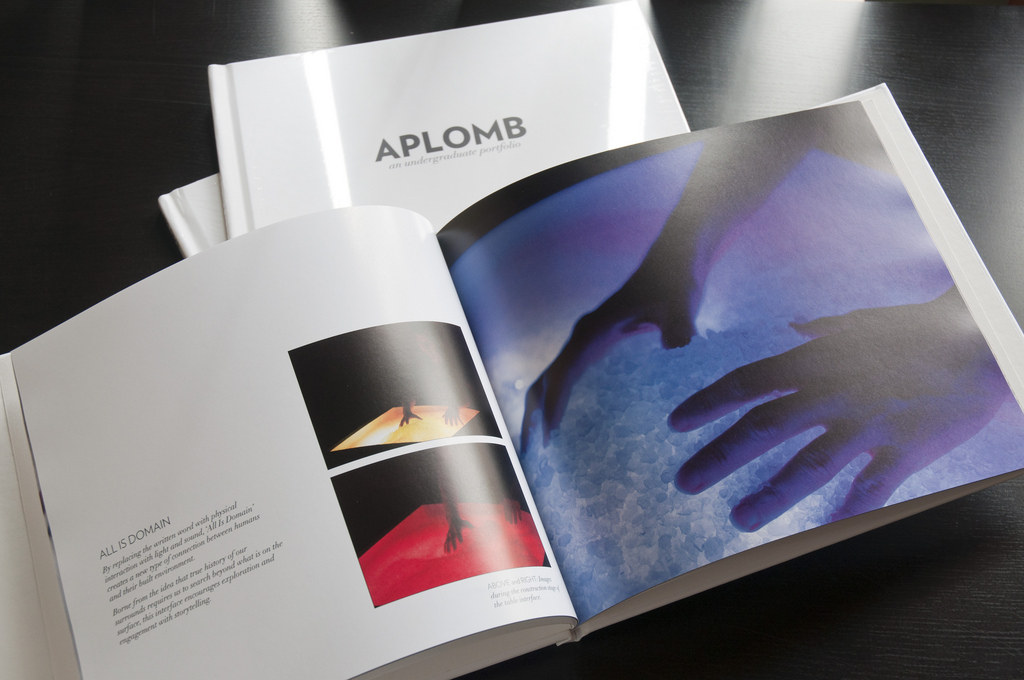You probably have account or two on somephoto sharing sites. You do this mostly to get feedback and to showcase your work to the world as we all do. However, many photographers tend to use their Facebook pages as portfolios and photo sharing sites for the same kind of purpose. Would that be the best decision for you too?
Let's dive in and explore the purposes of dedicated portfolio sites and photo sharing sites alike.
Photo Sharing Sites
There are many services that are basically social networks for photographers, like the leading 500px, followed by DeviantArt, Flickr, Facebook, Instagram and so forth. All of those allow you to post loads of images, especially Facebook and Flickr. You can basically dump every photo you take there without any issues (except that none of them accept RAW files yet).
Everybody can comment on your pictures there, rate them, give likes, dislikes, favorites and all the options that such websites offer. But we have to ask ourselves, is all of that really a good thing to be shown to your future employer or client?
Don't get me wrong, it sure is great to show your work to your fans. In fact it is one of the most efficient ways to gain audience and possible clients for print and digital usage sales. Photo sharing sites are also great for learning photography and practicing it, since it is easy to gain feedback and constructive critiques, albeit of varying insight.
Portfolio Websites
Unlike photo sharing sites, you’ll be showcasing your best work on your portfolio website, usually without any room for comments and likes. Optimally, the design will be clean, and there won’t be hundreds of photos – instead it will be well organized, easily categorized and highly presentable to the viewer. Additionally, unlike on some photo sharing sites, you’ll have to showcase the full cache of info that the client or employer will need to contact and/or book you, while having options for selling the photos as prints/licences as well.

Sites for portfolios (besides custom ones) that photographers often use are Squarespace, Smugmug, Zenfolio and so forth.
Oftentimes you can also put a blog on the portfolio site too (not really necessary, but is quite common nowadays) showing a few articles about projects you’ve worked on, or explaining the processes you use that are unique to your work style.
What Is The Difference?
If you are asked by an editor or a client for a portfolio of your work, and if you present them a facebook album or a photo sharing site, let's think about how that looks. From the editor's point of view (and this is something that has been said to me directly after I made the mistake 3 times in a row) if you present a facebook album or a photo sharing site as your portfolio, it looks as if you are showing them every photo you have taken, ever. It lowers your value and makes you look unprofessional.
Let’s do a thought experiment. Imagine if you were in the editor's shoes, in an age when prints were something everybody did regularly, and you ask a photographer for his portfolio. As their portfolio, the photographer brings 10 boxes of photo albums with hundreds of images. What impression would you have? It would look bad, if not impossible? On the other hand, if the photographer presented a photobook with carefully picked out photos, ordered properly, the whole process would be much easier and not to mention – way more professional, right?
 Photo by Beatrice Murch
Photo by Beatrice Murch
Since websites are more convenient nowadays, having your own, properly ordered, dedicated portfolio website will make everything look better and more presentable, thus making you look as professional as your images prove to be. Investing time in setting up a proper portfolio site will prove time well-spent in the long run.

Several photo sharing sites offer portfolio type layouts which have different URLs from the regular profile. They offer a minimalistic look paired with a better organisation for viewing purposes, but without the comments and likes sections. 500px (as a part of the premium plan) does so, which shortens the time needed to upload and order the images. While uploading them to 500px, you have the option of making the photo to appear in the portfolio page as well. Same goes for DeviantArt.
Summary
Your photos lose value if they are buried among a lot of other photos. Not all photos are created equal which is why portfolios are designed to be clean looking, smoothly designed, and only to showcase the best 20-30 photos of a photographer's work. Your aim should be to impress the clients/editors with the best work you have. Photo sharing sites serve the purpose of gathering audience and exposure, and to lead to potential clients. Make no mistake, the clients will google you, and they will probably see the photo sharing sites, but the first impression should be the portfolio. So, make sure it is completely in order and features your best work and nothing less.






3 Comments
Excellent advice.
Flickr, please offer a portfolio setting which incorporates a simple customizable view, -let’s say between two options-, via a dedicated album. Of course at a cost to the user.
While this is true for most photo-sharing sites (e.g. Flickr), after much research I found that Smugmug provides an almost perfect way to display my portfolio. I’ve put just my best images into a few categories and made them “public” but with no download access. For my clients, I create separate private galleries and provide access via link only. Since most of my work is pro-bono for non-profits, I allow most of them download rights at original size.
Finally, for my friends and others I use Flickr, G+ or FB to post the family, vacation and assorted other images.